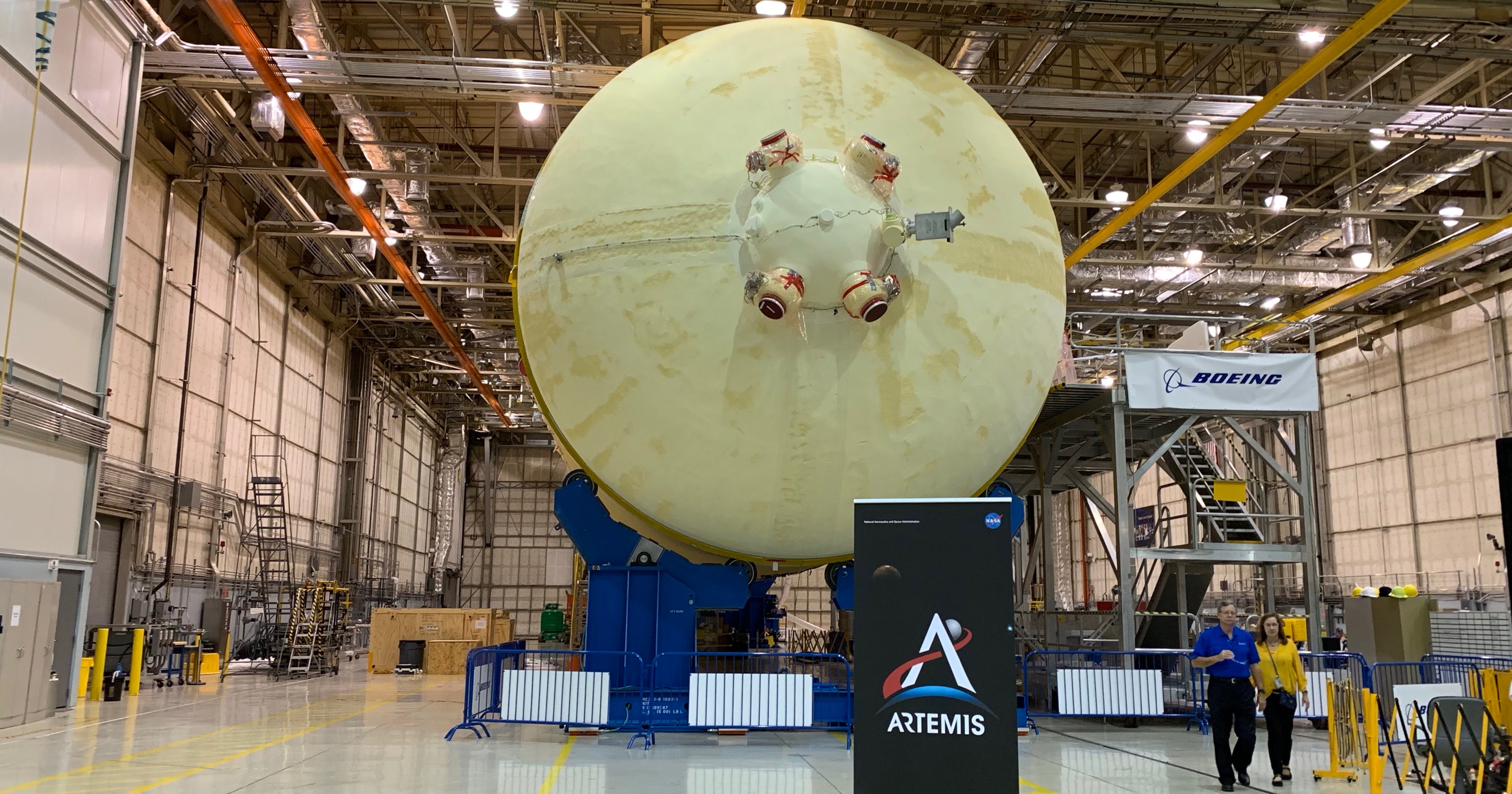
NASA’s Administrator Jim Bridenstine is passionate, very passionate, about getting people exploring space again. That comes through clearly when he speaks, whether about Artemis’ goal of landing on the Moon by 2024 or the Orion and Space Launch System (SLS) programs that will blaze a trail to that goal. He is also honest about the pluses and minuses of the capabilities of those programs that make up Artemis. And Jim Bridenstine is, as a former congressman, open about the politics that have made Artemis possible today.
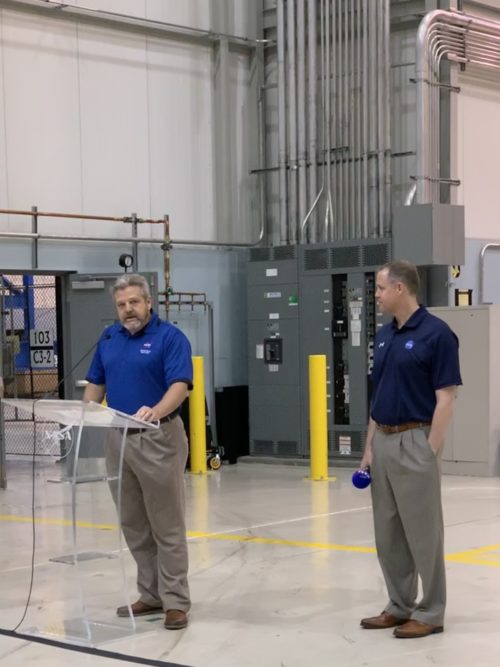
Update: On Sunday, NASA Administrator Bridenstine announced on his Twitter feed that the engine section for Artemis 1’s SLS Core Stage had been completed and was cleared for being mated onto the Core Stage. At the August 15th press conference, NASA officials had stated that the engine section would be finished, “…in a week or two”.
At the end of the 2010 Great Space Debate, during which Congress bucked a president’s effort to end a government owned means of space exploration, Congress took ownership of the nation’s space exploration programs, namely Orion and SLS. Many predicted that Congress would never measure up to fund both programs, that neither would become reality. Yet, year-after-year, Congress funded NASA in excess of presidential budget requests (PBR) that would have significantly cut those program. On August 15th, standing before the Artemis 1 Core Stage that is just a few weeks from being finished, and seeing pictures of the Orion CSM stacked and nearly ready for delivery to Plum Brook’s Space Power Facility for space environmental testing, it’s hard to argue that Congress hasn’t delivered. It should be no surprise then that Administrator Bridenstine repeatedly emphasized during his press conference at Michoud on August 15th that any accelerated effort of, “getting to the Moon would be apolitical and bipartisan”. It’s unlikely Congress would go forward with such an effort under any other circumstances.
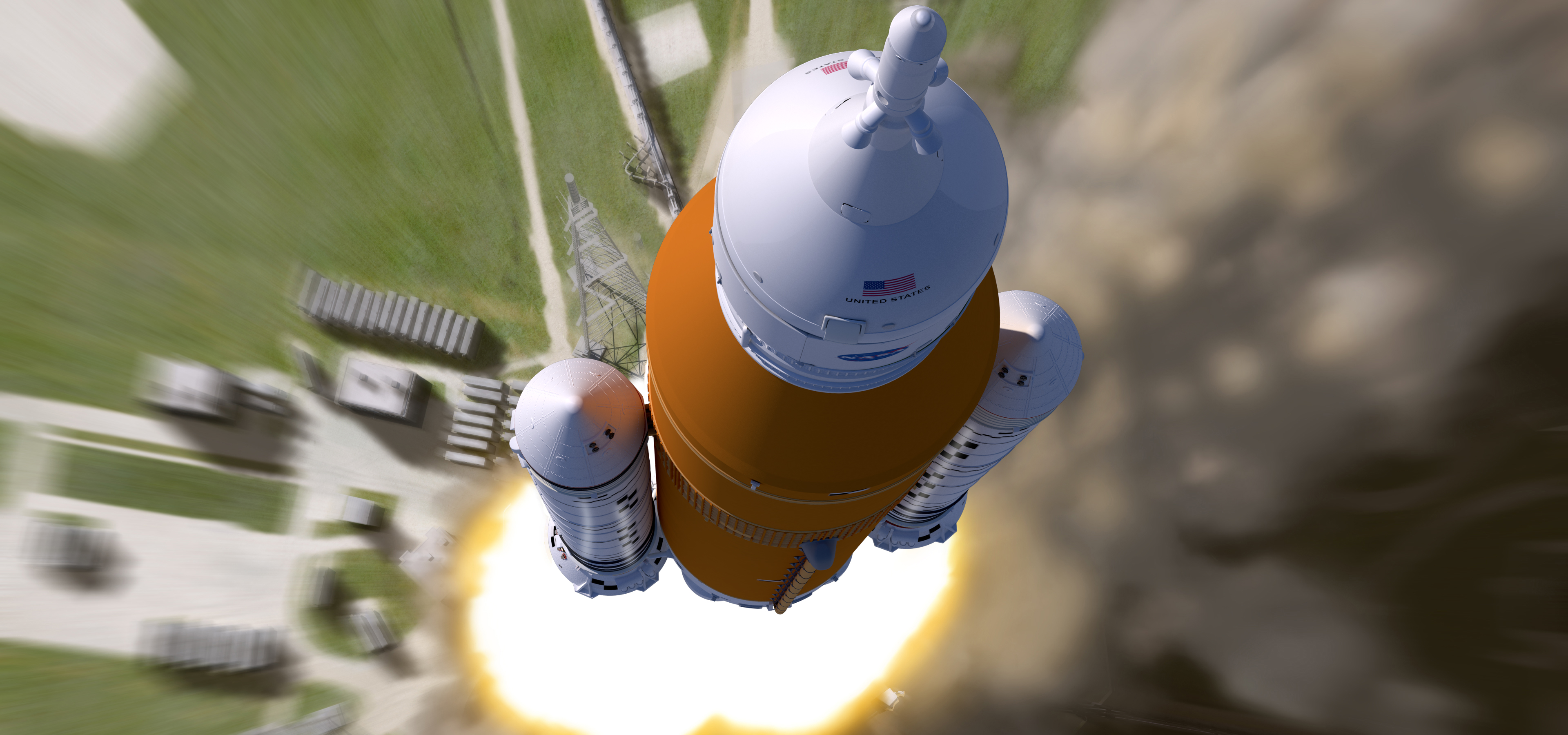
SLS
Currently, the Artemis 1 Core Stage is “90%” finished, according to NASA Administrator Jim Bridenstine in his press conference on Thursday, August 15. There are five pieces that constitute the SLS Core Stage, the forward section, liquid oxygen (LOX) tank, intertank, the liquid hydrogen tank, and the engine section. The forward section, liquid oxygen (LOX) tank, intertank, and the liquid hydrogen tank have all been joined. Prior to his press conference, Administrator Bridenstine toured the intertank of the Artemis 1 Core Stage. The engine section is completing its final testing before being installed on the other four pieces of the SLS Core Stage. In a week or two, the engine section, which is currently sitting next to the Artemis 1 Core Stage, will be rotated to its side and attahed to the liquid hydrogen tank. That installation will last through September. Then the four RS–25 engines, sitting next door to, not 100 feet from, the Artemis 1 Core Stage, will be installed in the engine section during October through November.
On December 10th, if the current schedule holds, the finished Artemis 1 SLS Core Stage will be rolled-out of Michoud and loaded onto one of NASA’s barges for transfer to Stennis. Not since the Saturn V era has the Michoud Assembly Facility built an actual flying rocket. It takes a minute, or for some (such as I) a bit longer, for the impact of that event to sink-in. So, at the risk of being repetitive, I’ll say it again; for the first time in over 47 years, this December Michoud will have built a launch vehicle that will fly astronauts beyond low-earth orbit. Maybe it’s still too abstract, maybe it takes the SLS actually lifting-off from Launch Complex (LC)–39B before it hits us, but where NASA is today is remarkable.
And work on the Artemis 2 Core Stage is progressing along too. The engine section is being outfitted for the structural elements needed for attaching solid rocket boosters. The hydrogen tank is in the Michoud Vertical assembly facility. And the intertank is being outfitted with the hardware it needs for the attaching of SRB’s, primarily consisting of a beam across the intertank, and getting prepped for installation of its insulation with SOFI. The SLS Core Stage intertank section, unlike the other four sections of the Core Stage, is bolted together, not welded.
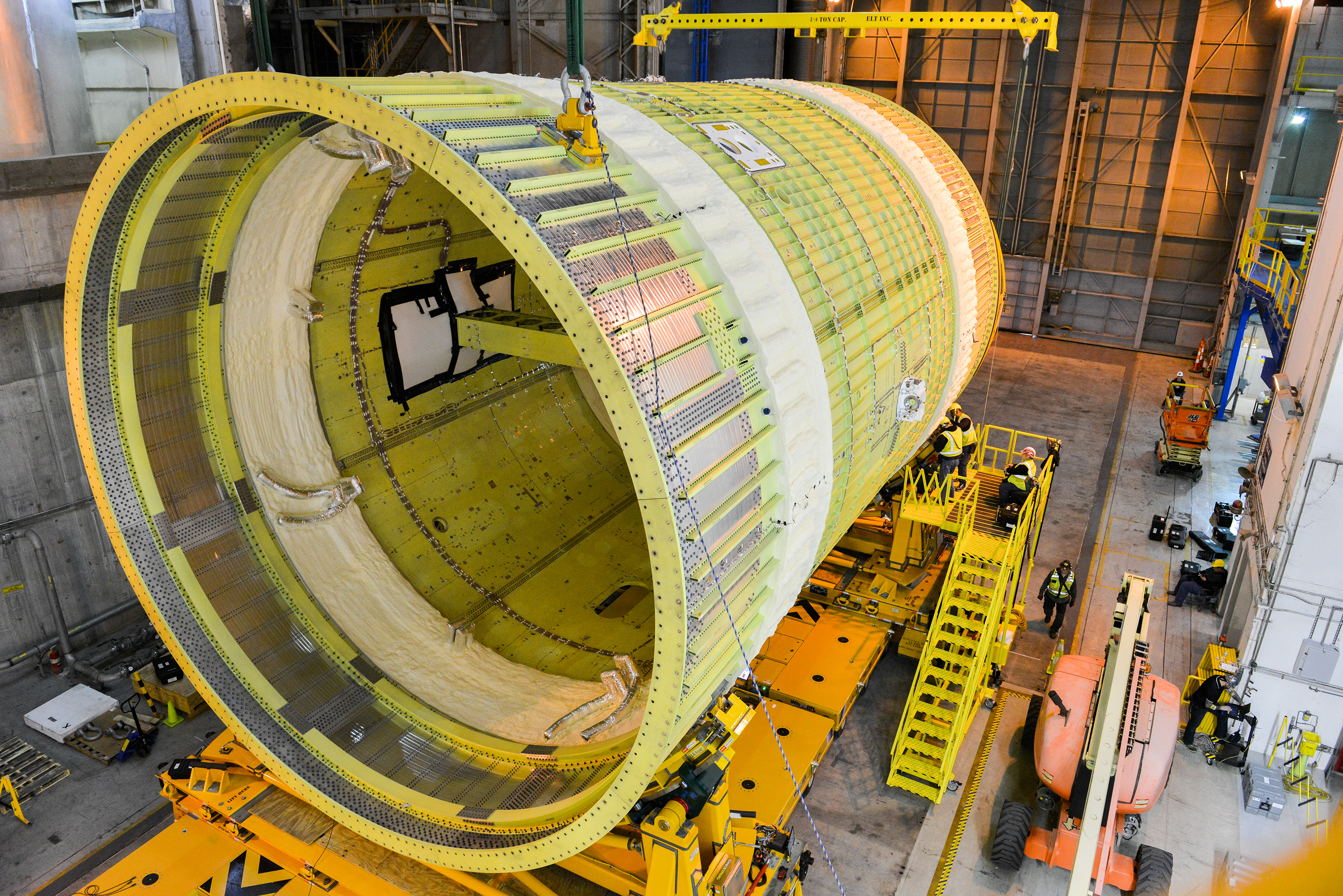
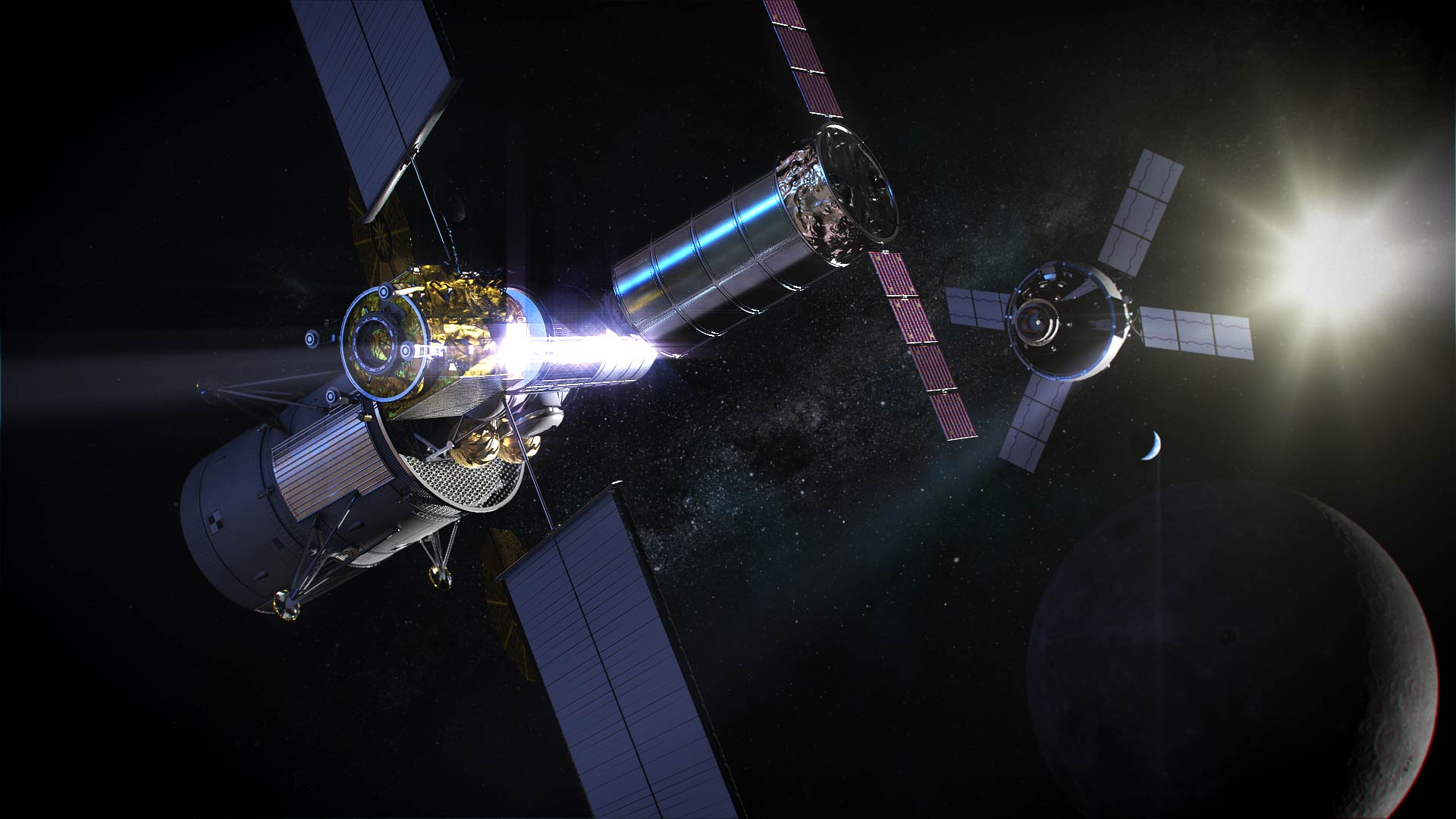
Lunar Gateway
In July, NASA and ESA announced the decision had been made to put the Lunar Gateway in a southern near rectilinear halo orbit (NRHO). This decision culminates several years of debate and analysis among mission planners at NASA-Johnson Space Center and ESA Operations Center (ESOC). The decision of which orbit to place the Lunar Gateway will have an impact for years to come not only for lunar exploration but for exploration beyond. The decision of a near rectilinear halo orbit was not without controversy. One critic recently stated, “But putting the base in orbit rather than on the surface will make those resources worthless, because it would take more propellant to lift the ice to the Gateway than the amount of propellant the ice would yield.” Actually, one would have to travel to smaller moons or certainly asteroids to find gravity wells weak enough where the amount of, “…propellant to lift the ice…” would be less than or equal to, “…the amount of propellant the ice would yield.”
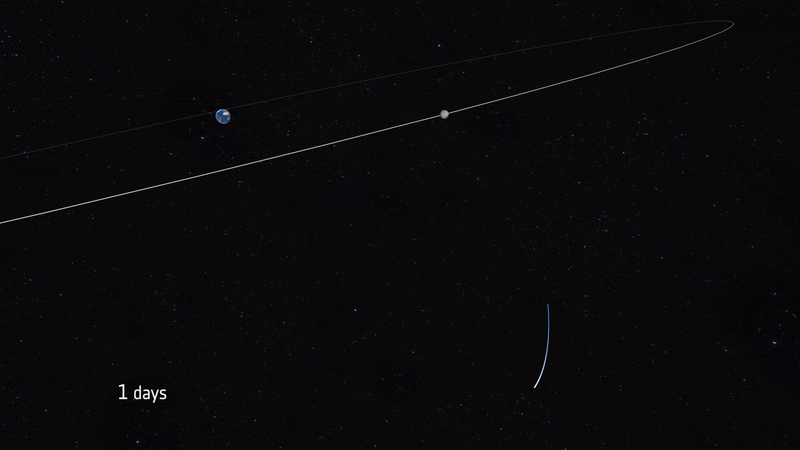
To be fair, any discussion of orbits such as near rectilinear halo oribts does require the difficult task of wrapping ones brain around the whole idea of orbits in a circular, restricted three-body problem (CR3BP). Understanding why NASA and ESA chose this orbit type boils down to a few key points that in the end made the case for a southern NRHO persuasive; the amount of fuel needed to maintain the orbit; fuel needed for the Orion spacecraft to get into and out of a lunar NRHO, the amount of time Gateway would be able to communicate with those on the lunar south pole; minimizing the amount of time Gateway wouldn’t have communications with Earth; advantages for a spacecraft leaving the NRHO for exploration deeper into our solar system, for example Mars.
There will be a later article going into the history and development of the NRHO and why it was chosen over other available lunar orbits. “Options for Staging Orbits in Cis-Lunar Space” is a good research paper for looking for more information on the trade-off’s between the different orbits for staging cis-lunar exploration is “
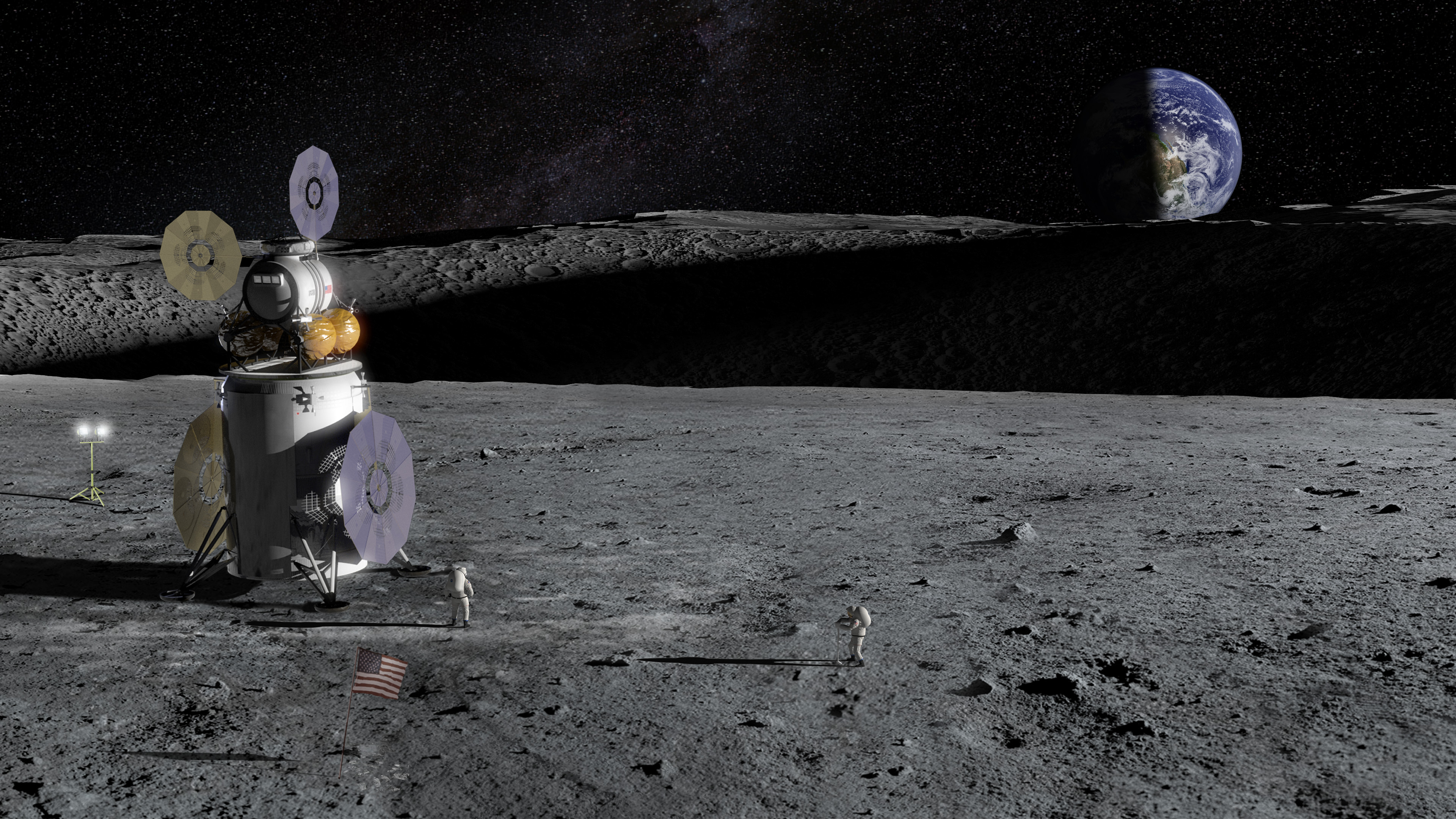
Lunar Lander
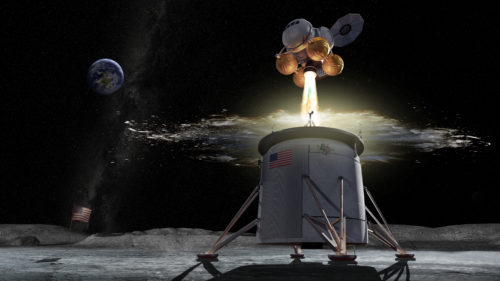
On August 16th, NASA Administrator Bridenstine went to Marshall Space Flight Center to announce that Marshall would the be the lead office for NASA’s Human Landing Systems Program. In addition to managing NASA’s lunar lander program, Marshall Space Flight Center will also be responsible for the descent vehicle and its propulsion. Previous to this announcement, on July 22, Marshall Space Flight Center’s Dr. Lisa Watson-Morgan was named as the program manager for NASA’s Human Landing System.
Bridenstine announced that NASA Johnson Space Center, which manages such major NASA human spaceflight programs as the Gateway, Orion, Commercial Crew, and the International Space Station, will oversee the ascent vehicle, which is crewed, and those areas needed to get the landers and astronauts to work together. Johnson also will manage all Artemis missions, beginning with Artemis 1, the first integrated test of NASA’s deep space exploration systems.
In his announcement of establishing the lunar lander program office at Marshall Space Flight Center, NASA Administrator Bridenstine said, “We greatly appreciate the support shown here today by our representatives in Congress for NASA’s Artemis program and America’s return to the Moon, where we will prepare for our greatest feat for humankind – putting astronauts on Mars.”

According to NASA’s NextSTEP H: Human Landing System – Integrated Lander site, NASA has released two pre-solicitation notices. On April 8, NASA released a pre-solicitation notice described intent to solicit proposals for activities related only to the ascent element of the Human Landing System. Then in an April 26 update, NASA signaled it was moving towards rapid development of a full, human lunar landing system and wanted industry’s input. The integrated human lunar landing system would include three primary elements; a descent element; an ascent element; a transfer vehicle. On July 23, NASA hosted a virtual Industry Forum for industry to get their questions answered.
Several lunar landers have already been proposed by companies, such as Lockheed Martin’s lunar lander, for taking astronauts from the Gateway, or NRHO, orbit to the lunar surface and return them to the Gateway.
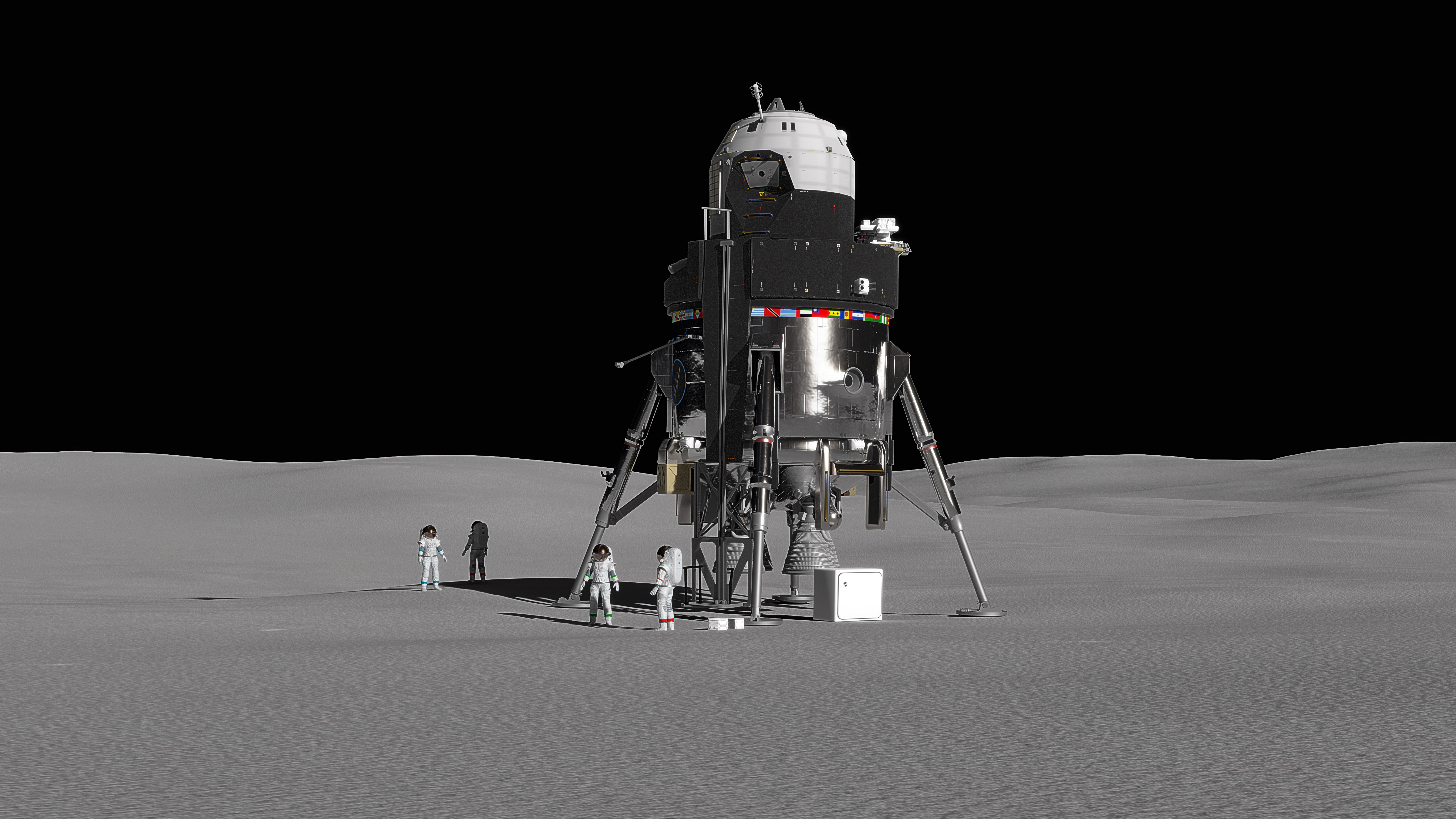
.
.
FOLLOW AmericaSpace on Facebook and Twitter!
.
.
Missions » SLS » Artemis »



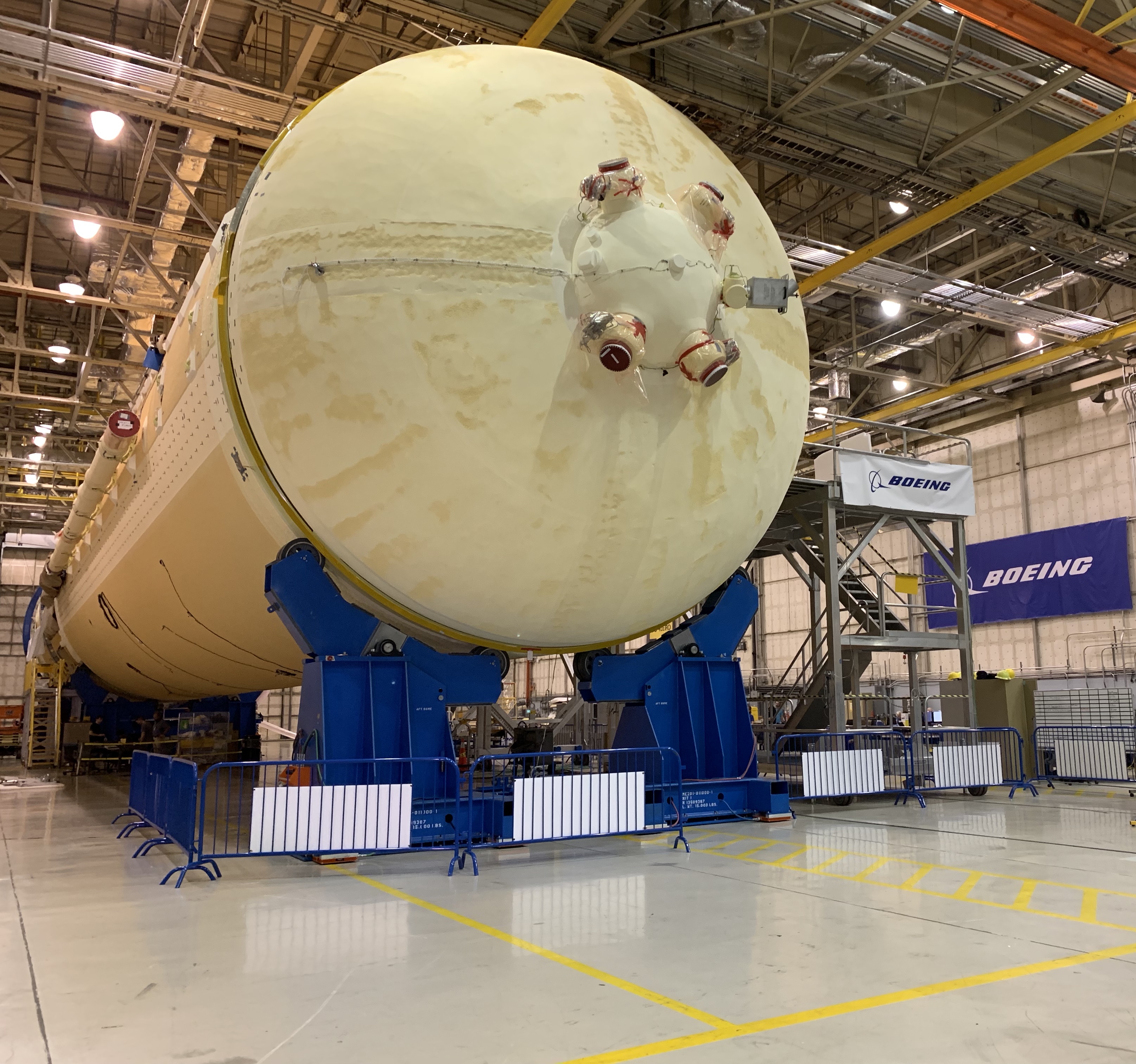

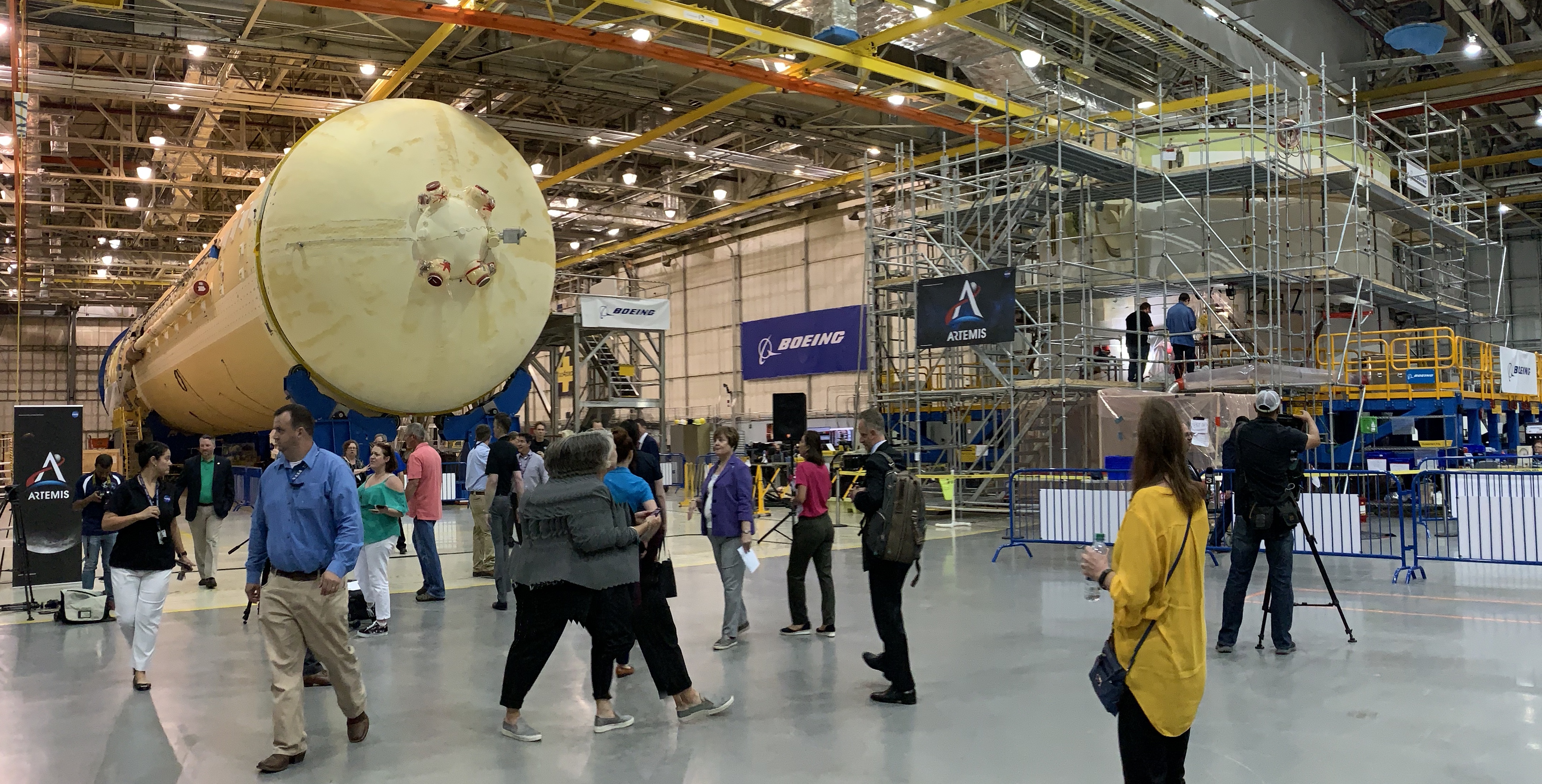
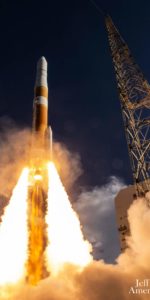
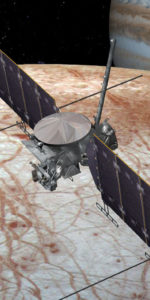
Of course Congress would continue to fund this debacle, its a “make work” project for their districts. It doesn’t matter how long it takes or even if there’s a real mission, just as long as it provides jobs and prestige to their districts.
I support SLS, due to hydrogen capability. It is not a debacle–that was Venture Star.
If it’s all about the hydrogen, you could have launched a hundred or so Delta IV heavies for the development cost of the SLS. And started flying over a decade ago.
And most of the D-IV payloads would have boiled off–so you’d still have to launch hundreds more
http://www.thespacereview.com/article/1447/1
Precisely why it’s not all about the hydrogen.